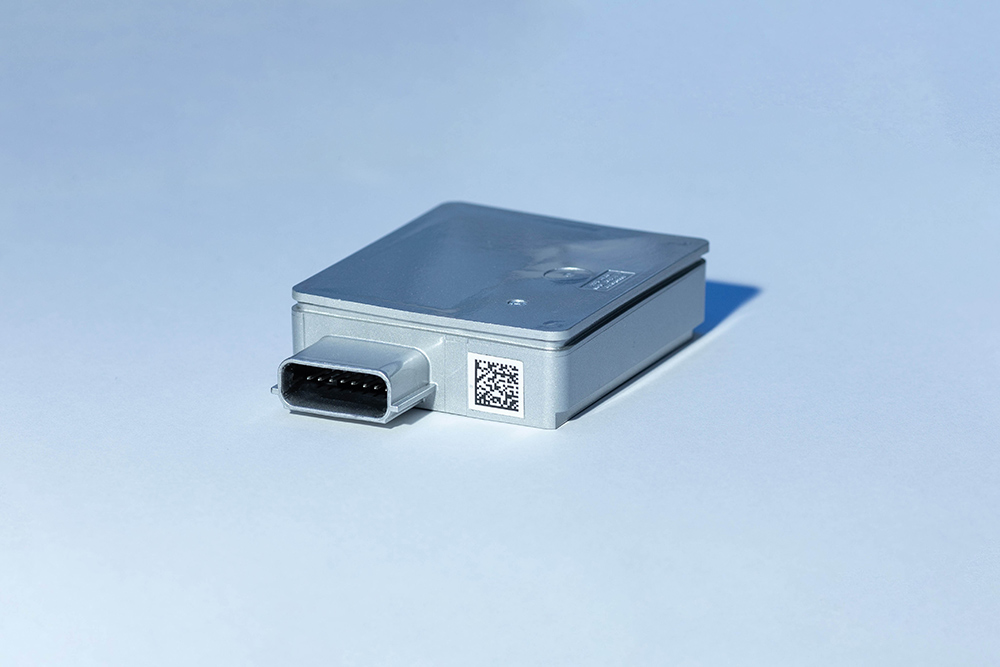
On Our Radar: The Latest Magna Technology
- Magna Electronics
- September 26, 2023
- 4-min read
To develop the latest advancements in automotive radar, Magna experts are monitoring everything from new medical applications for the technology to dash-cam videos depicting distracted-driving accidents on Instagram.
We watch dash-cam videos because they enhance our understanding of accident dynamics and graphically underscore the increasing demand for safety-related features that bundle radar, cameras and lidar. According to the World Health Organization, nearly 1.3 million people die each year in road accidents, with more than half of all road traffic deaths among pedestrians, cyclists and motorcyclists.
As we explore novel applications for radar inside the vehicle cabin, we are closely watching trends in hospitals and nursing homes. Radar technology, which is based on the use of radio waves, can be used to monitor a patient’s vital signs remotely without any contacts or wires – and can even detect falls. In the near future, radar sensors may determine if the driver is having a diabetic episode, seizure or heart attack by analyzing breathing patterns and heart rate.
Our research aims to enhance the safety and convenience features of a technology that was invented more than a century ago and is now used for everything from tracking weather conditions to the speed of baseball pitches. While radar initially made its way into vehicles in the 1990s through adaptive cruise systems, the next-generation radar has even greater potential inside and outside of the vehicle.
While traditional radar systems are capable of scanning the road and identifying the distance, direction and Doppler or relative velocity of objects, our ICON 4D Digital Radar takes this capability a step further. By scanning the environment in four dimensions, our radar system possesses the remarkable ability to detect a stalled car inside a dark tunnel or even spot a child running into traffic from behind a truck.
What sets our technology apart in the market is its unique ability to eliminate interference or jamming from other radars on nearby vehicles. As the number of vehicles equipped with radars continues to steadily grow, along with the increasing number of radars per vehicle, the interference mitigation capability not only enhances the performance of automated driving systems but also ensures a safer and more reliable experience.
The danger of children dying in hot vehicles is an ongoing threat. To address this critical issue, our radar-based In-Cabin Sensing System is designed with the potential to save lives by detecting if a child is left behind in a vehicle.
Utilizing radar technology, our system can detect even the slightest movements caused by heartbeats and breathing. Unlike cameras, our sensors can penetrate seat material and operate with lower power requirements. If a child or pet is detected, the system promptly triggers a warning. This advanced system surpasses the functionality of existing audible warning sensors that are simply linked to the rear door opening and closing.
By adopting our In-Cabin Sensing System, vehicle manufacturers can effectively meet future U.S. regulations and Euro NCAP safety targets for 2025. This innovative technology is bound for production in 2024 and will be integrated into multiple OEM vehicle platforms.

Earlier this year, Magna finalized an acquisition of Veoneer Active Safety, and with that the company welcomed a wealth of talent and additional radar technology.
In fact, the team recently celebrated an important milestone of 75 million radars produced. Well on our way to producing 33,000 systems daily, we’ve hit a key moment within the industry’s adoption of this technology where radar is becoming a standard feature on cars and trucks, not just a luxury option.
As we continue to envision new automotive uses for radar, we are collaborating within Magna on additional product areas like vehicle exteriors, lighting, powertrain and seating. Our systems approach enables us to put everything together and come up with unique solutions for our customers and consumers.
We want to hear from you
Send us your questions, thoughts and inquiries or engage in the conversation on social media.
Related Stories
Stay connected
You can stay connected with Magna News and Stories through email alerts sent to your inbox in real time.